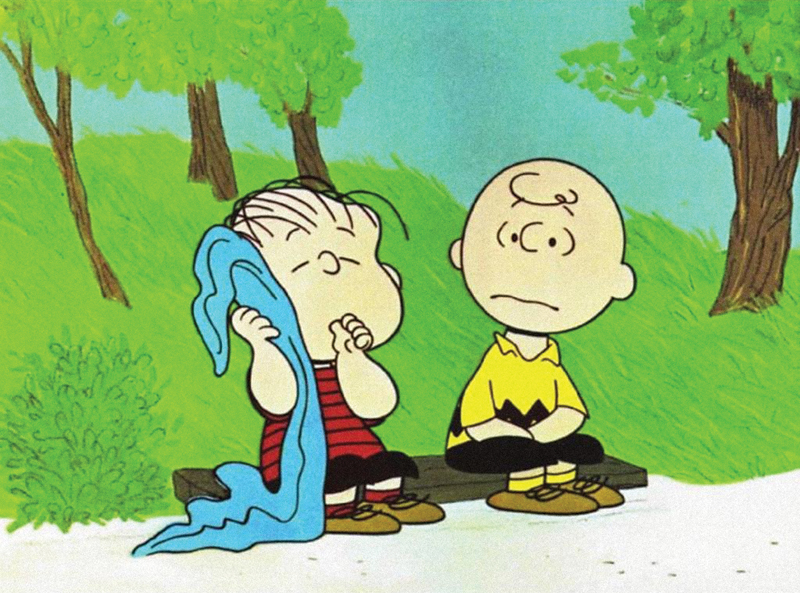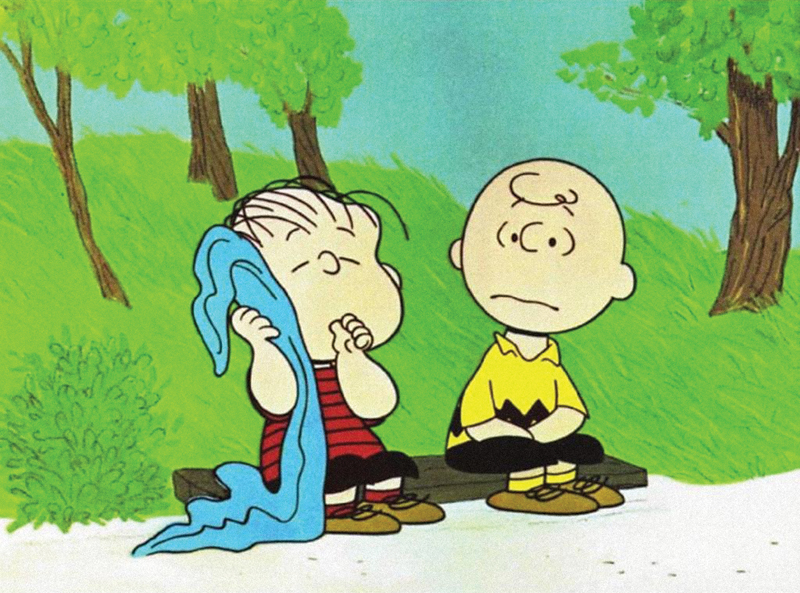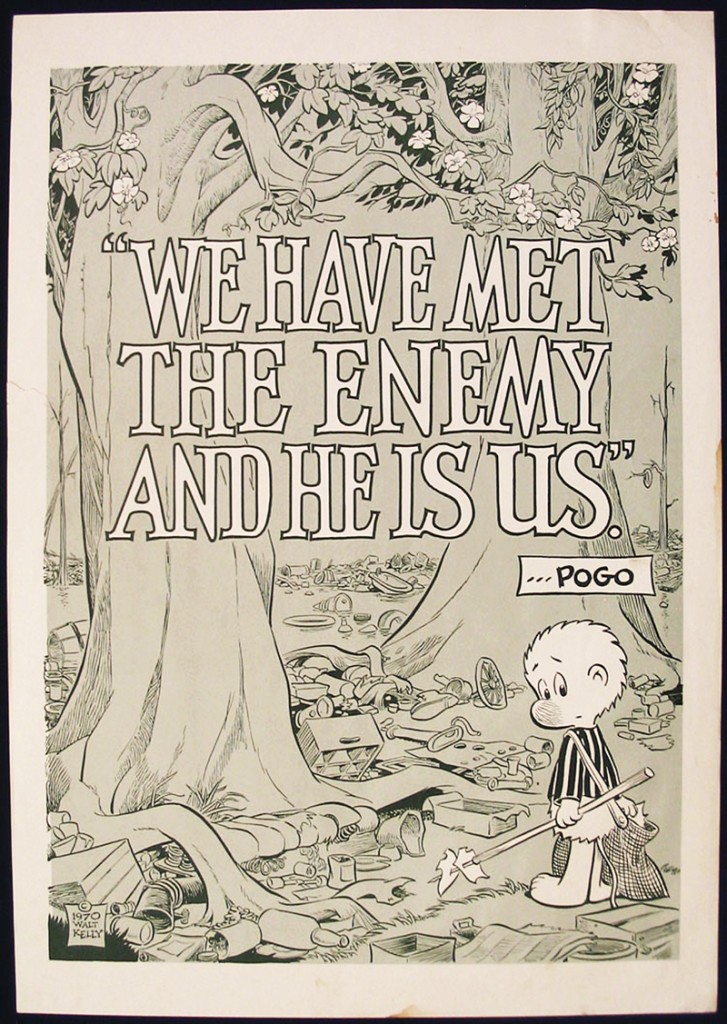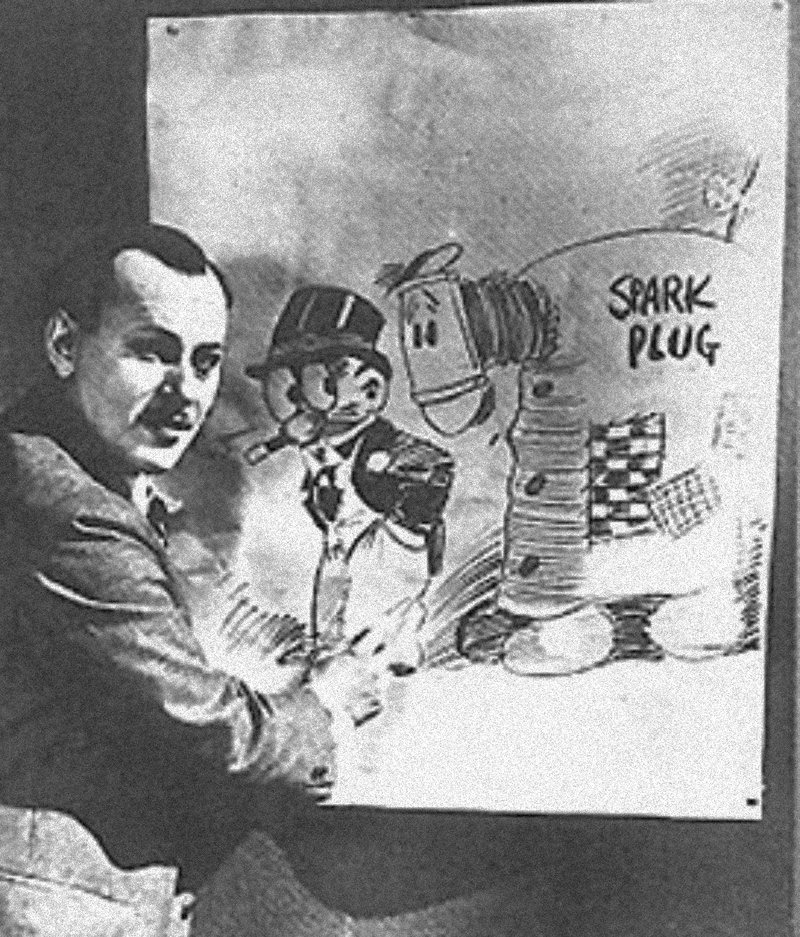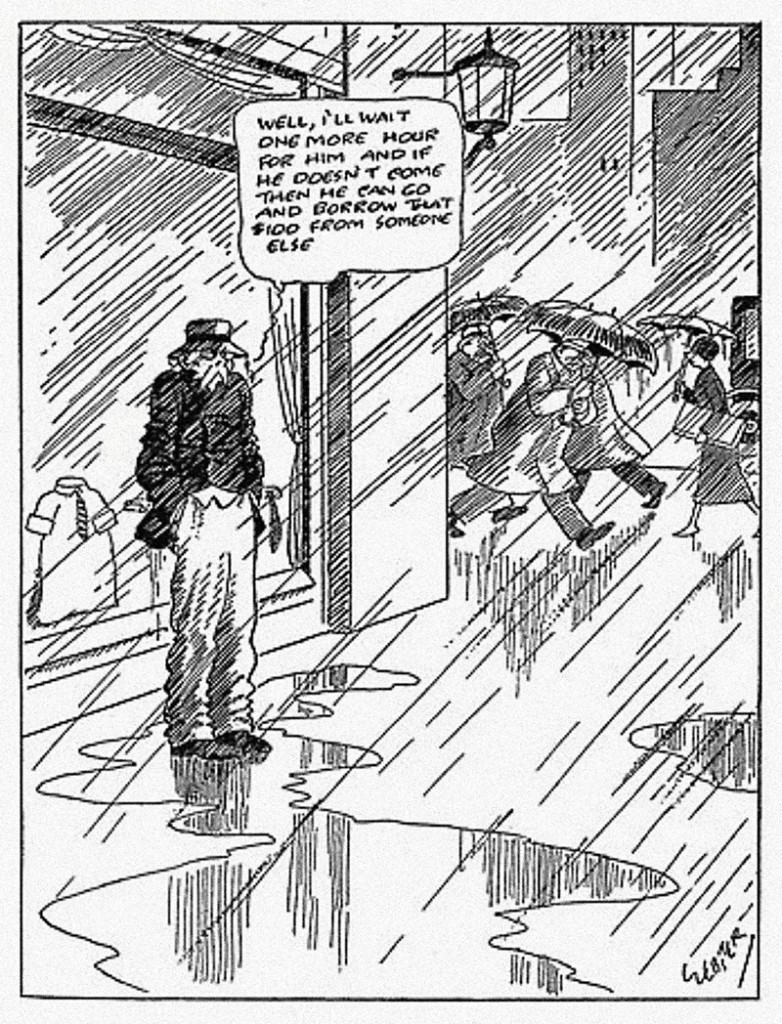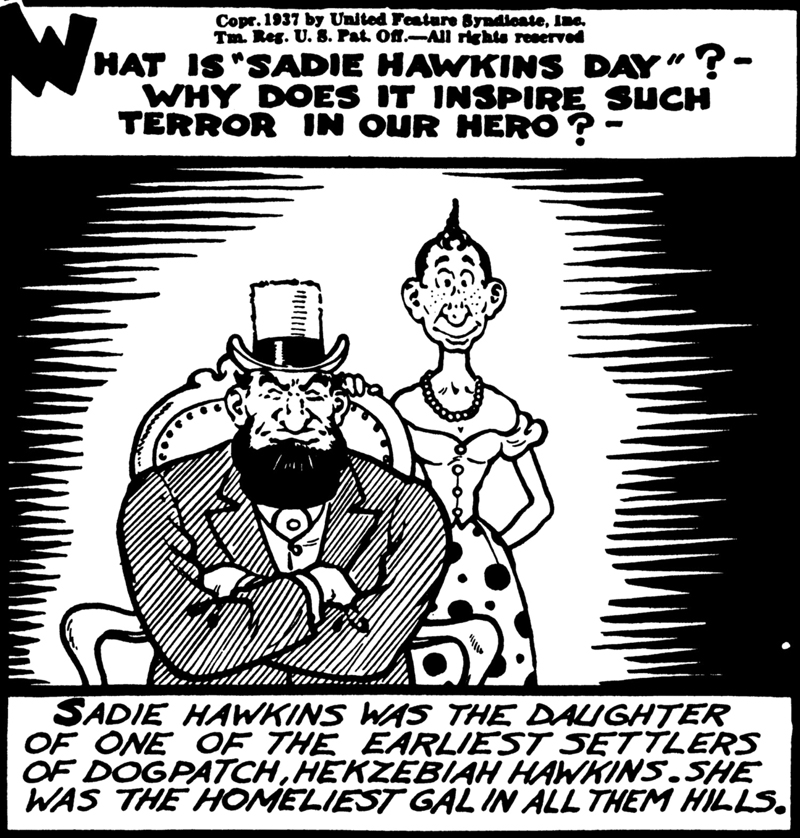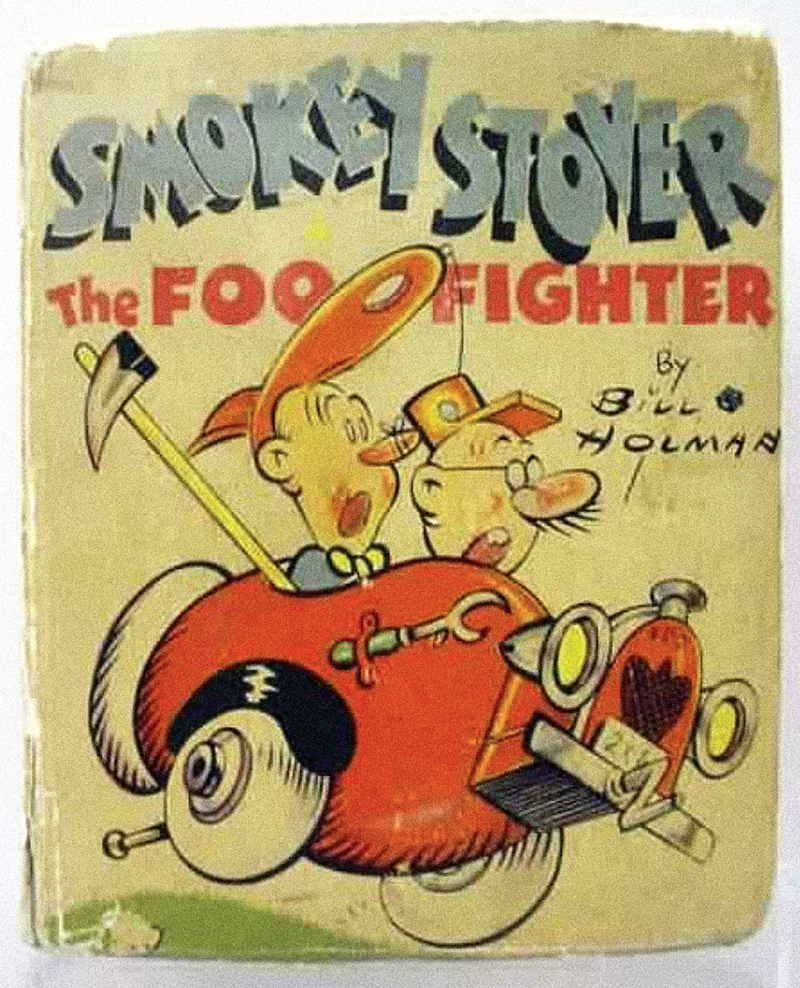Many common words and phrases were invented by cartoonists and first used in comic strips. (This article was originally published in Uncle John’s Weird Weird World EPIC.)
Security Blanket
ORIGIN: Pioneering child psychologist Richard Passman is given credit for identifying the phenomenon of children habitually clutching or carrying a favorite toy for comfort and security. Charles Schulz first used the concept in the June 1, 1954, Peanuts comic strip by giving Linus a blanket to carry everywhere he went. Linus called it his “security blanket.” The term is now used by psychologists to define a child’s (or anyone’s) excessive attachment to a particular object.
“We have met the enemy and he is us.”
ORIGIN: After winning the Battle of Lake Erie in the War of 1812, Commodore Oliver Perry wrote in a dispatch to General William Henry Harrison, “We have met the enemy, and he is ours.” Walt Kelly, author of the comic strip Pogo, reworded the phrase as “We have met the enemy and he is us,” in the foreword to his 1953 Pogo collection The Pogo Papers. The meaning: Mankind’s greatest threat is…mankind. The quote became better known when Kelly used it on a poster he was hired to illustrate for the first Earth Day in 1970.
The Heebie-Jeebies
ORIGIN: Billy DeBeck coined the term in his hugely popular 1920s comic strip, Barney Google and Snuffy Smith, about a community of backwoods hillbillies and moonshiners. It first appeared in a 1923 strip where Barney tells someone to “get that stupid look offa your pan. You gimme the heeby jeebys!” It meant “a feeling of discomfort.” Other phrases coined by DeBeck: “horsefeathers,” “hotsie-totsie,” and “googly-eyed” (after Barney Google, who had huge, bulbous eyes). The strip also gave us the nickname “Sparky,” from the name of Barney’s horse, Sparkplug. (Many young comic strip fans were given the nickname “Sparky,” among them, Peanuts creator Charles Schulz.)
Milquetoast
ORIGIN: “Milk toast” was a simple dish (toast served in milk) frequently served at soup kitchens in the 1920s. Harold Webster named the main character in his late 1920s strip, The Timid Soul, Caspar Milquetoast. Thanks to the comic strip, by the 1930s the word “milquetoast” had become common slang to describe anybody who, like Milquetoast, was weak and timid.
Sadie Hawkins Day
ORIGIN: It’s from Al Capp’s Li’l Abner. One day a year in the comic strip’s rural setting of Dogpatch, single women would chase the single men around. If they caught one, they got to keep—er, marry him. The day got its name from Sadie Hawkins, the first woman in Dogpatch who caught a husband that way. High schools in the United States still hold “Sadie Hawkins Dances,” to which the girls invite the boys.
Foo Fighter
ORIGIN: In Bill Holman’s 1930s strip Smokey Stover, the title character rode around in a bizarre looking two-wheeled fire engine (with a fire hydrant attached to it) that Smokey called a “foo fighter.” The term was used by World War II
pilots for any unidentified aircraft (including UFOs). The phrase became popular again in the 1990s thanks to the hard rock band, the Foo Fighters. “Had I imagined that we would last more than a month and a half,” confessed frontman Dave Grohl in 2014, “I might have named it something else. It’s the dumbest band name ever.”








